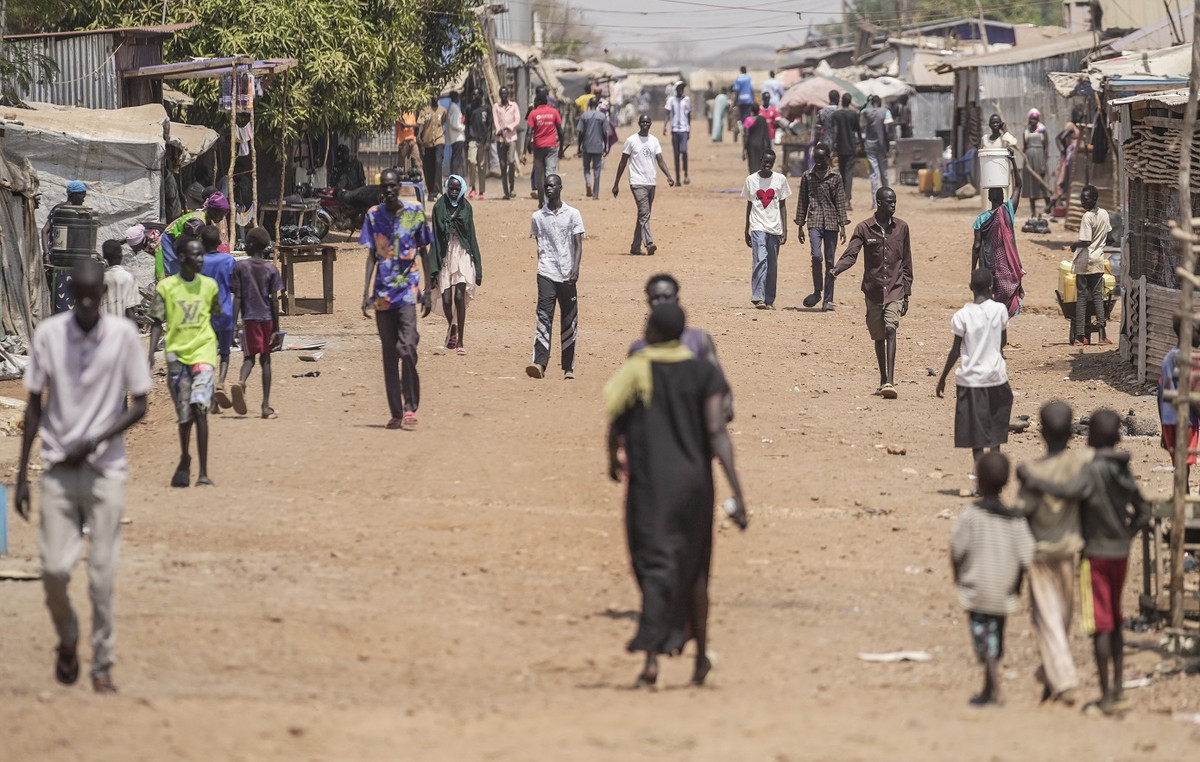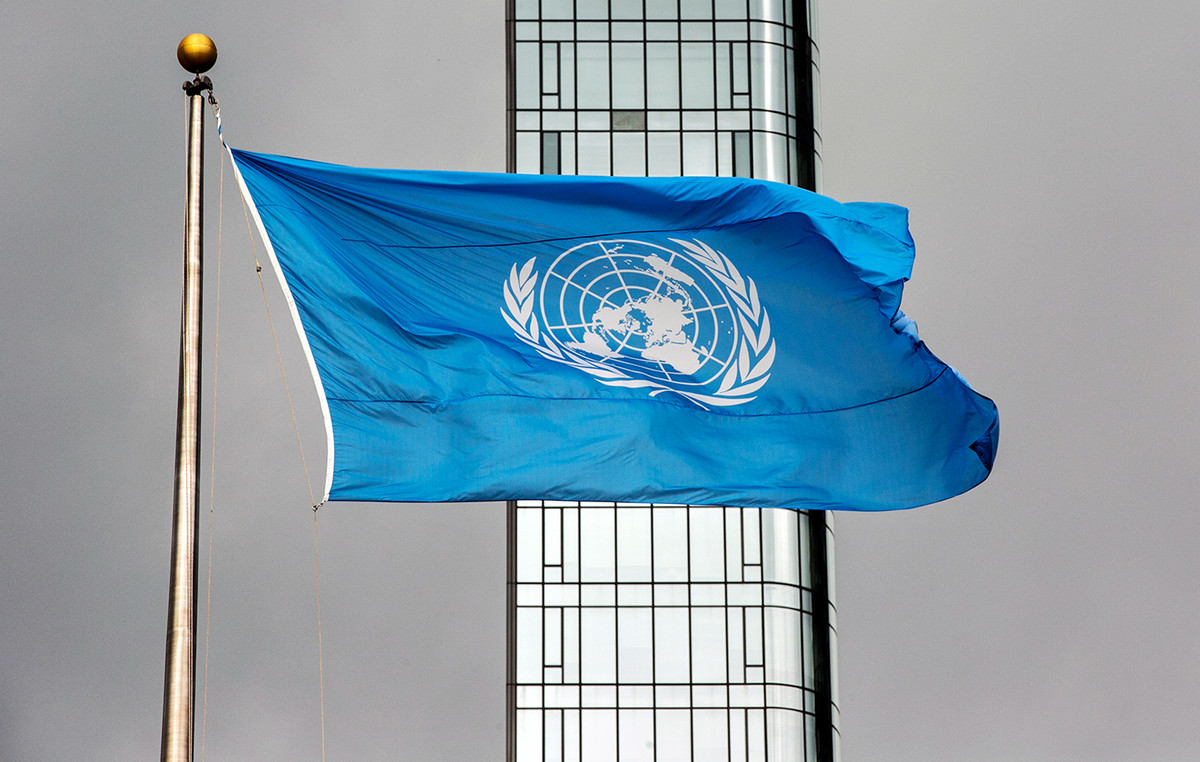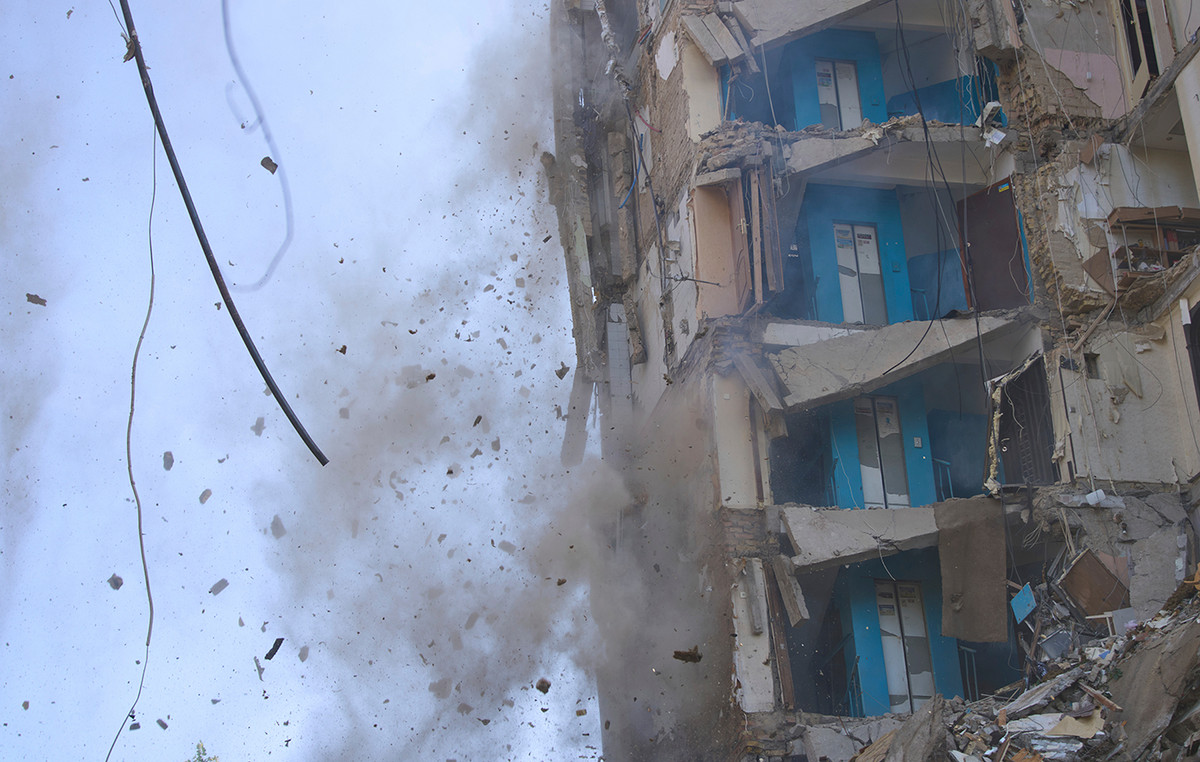Brazilian public health professionals have negative indicators of mental health and well-being in the Covid-19 pandemic.
A study by the Federal University of São Carlos (UFSCar) reveals that 86% suffer from Burnout Syndrome and 81% from stress. Poor sleep quality, depressive symptoms and body aches were also frequently reported. On the other hand, most of these professionals see great meaning in the services they provide to society.
“At the moment we have a picture of the situation, which does not allow us to say that the pandemic is responsible for the results found. But we believe that the particularly heavy impact of Covid-19 in the country contributed to such bad rates”, highlights Tatiana de Oliveira Sato, professor at the Department of Physiotherapy and the Graduate Program in Physiotherapy at UFSCar.
“We believe that the pandemic negatively influenced these results. The overload at work, the difficult decisions and the dramas experienced considerably affected health professionals, especially those who worked on the front lines”, says Sato.
In the published article, the authors write that Brazil is the country with the highest number of deaths among health professionals.
“The original idea for the research came just before Covid-19. Even outside the context of the pandemic, these professionals deal with many demands and responsibilities and we wanted to assess the effect of this on physical and mental well-being”, reports the researcher. “But, with the arrival of SARS-CoV-2, the project ended up measuring the effect of the health emergency on the health of these workers”, she adds.
Still in progress, the project had the analysis of its first data collection published in the scientific journal Healthcare. The initiative as a whole has the support of the State of São Paulo Research Foundation (Fapesp) and is in the final stages of data collection and analysis.
change of course
Originally, the researchers would interview the volunteers in loco – at first, all would be employees of the Unified Health System (SUS) located in São Carlos, in the interior of São Paulo. However, the necessary procedures to start the field research were overcome between the end of 2020 and the beginning of 2021 – when the pandemic was devastating the whole country and vaccines had been applied to a minority of the population.
“In view of this, we created an online form and expanded the search for respondents to the whole of Brazil”, says Sato. “The inclusion criteria were to work in the SUS, be over 18 years old and be directly involved with patient care”, she adds.
This form was disseminated via social networks, emails and even by the press. It brought together five different questionnaires, each aimed at quantifying an aspect of workers’ lives.
Among them, the Copenhagen Psychosocial Questionnaire (which measures social and psychological aspects), the Pittsburgh Sleep Quality Index (which estimates sleep quality), the Nordic Musculoskeletal Questionnaire (responsible for assessing musculoskeletal problems) and the Beck Depression Inventory (which detects depressive symptoms).
In total, the form contained ten pages. “We estimate that it takes one person 20 to 30 minutes to answer all the questions. And the questionnaire was only included in the survey when it was completed completely”, reiterates Sato. In addition, equipment that measures the amount of physical activity was used by local respondents to compose the assessments.
In the end, 125 health professionals participated in the survey, which had the first phase of data collection between June 2021 and April 2022. The data published so far refer to the first assessment – the baseline – and still do not have information about physical activity. But the project included four other evaluation moments: at three, six, nine and 12 months after the first collection.
“We named this cohort the Heroes. In fact, we thought a lot about the name, because we didn’t want the term to be understood as an analogy that health professionals are superhumans, who don’t get tired or shaken. Our proposal with that name was, in fact, to honor and draw attention to the need for appreciation of workers, who were so hard hit by the pandemic “, reveals Sato. In the end, around 60 respondents participated in all stages.
first finds
The data presented in the previously published article highlight a high prevalence of musculoskeletal symptoms: 64% reported pain in the neck, 62% in the shoulders, 58% in the thoracic spine and 61% in the lumbar spine. According to Sato, the work routine itself – long hours on your feet, handling patients, accelerated work pace and so on – helps to explain these data. “But mental overload is also capable of triggering these discomforts due to the tension it causes in the body”, he adds.
In the psychosocial aspect, the indicators are worrisome, according to the authors. Among the participants, 81% expressed stress and 86%, Burnout Syndrome. Mild depressive symptoms were found in 22% of health professionals. Another 16% exhibited moderate depressive symptoms and 8% severe ones. Furthermore, 74.4% of the sample had poor sleep quality.
It is still necessary to analyze the evolution of indicators over time, however, Sato points out that studies with other populations tend to reach smaller numbers.
For example: five meta-analyses highlighted in the UFSCar article present a Burnout rate in health professionals that varied between 25% and 37%. Stress ranged from 17% to 57% in nine meta-analyses, values much lower than those found in the UFSCar study.
work climate
Among the respondents, 75% negatively evaluated the emotional demands related to work, 61% criticized the pace of the service and 47% disapproved of its unpredictability. These are the psychosocial factors with the worst evaluation in the article.
However, the high rates found for offensive behavior are also noteworthy: 15% of the professionals interviewed were affected by unwanted sexual attention (which encompasses all sexual behavior that the person would not like to receive); 26% were threatened and 9% actually suffered physical violence; and 17% reported bullying.
“This is regrettable. All these numbers should be zero. It is unacceptable to find this type of problem in any work environment”, says Sato. She reiterates that young women suffer the most from unwanted sexual attention. And that, while threats of violence come mainly from patients and their families, bullying is provoked mainly by co-workers – and less by supervisors.
On the other hand, it is noteworthy that more than 90% of the participants believe they are doing a very significant job and around 80% say they are committed to work, even in the face of such a stressful climate.
Limitations and implications
Sato points out that the relatively small number of respondents in the first form (125) and the even smaller number of individuals (about 60) who followed through to the last evaluation phase make extrapolations and analyzes aimed at one or another specific region difficult. “But a great value of this research is its depth,” he says.
According to her, the information obtained is enough to put pressure on leaders and authorities for improvements in working conditions in the SUS – not least because physically and mentally shaken professionals are not always able to offer the best possible service to the population.
“This needs to translate into more hiring, better wages, less exhausting hours and adequate training”, points out the scientist.
Issues such as offering conditions and training on the best ways to carry patients without overloading their own bodies can bring about great improvements in the musculoskeletal aspect. The creation of support networks, in turn, would help to soften the emotional impact.
“The health professional also needs to be seen as a worker and deserves our attention”, he concludes.
Source: CNN Brasil
I am an experienced journalist and writer with a career in the news industry. My focus is on covering Top News stories for World Stock Market, where I provide comprehensive analysis and commentary on markets around the world. I have expertise in writing both long-form articles and shorter pieces that deliver timely, relevant updates to readers.







